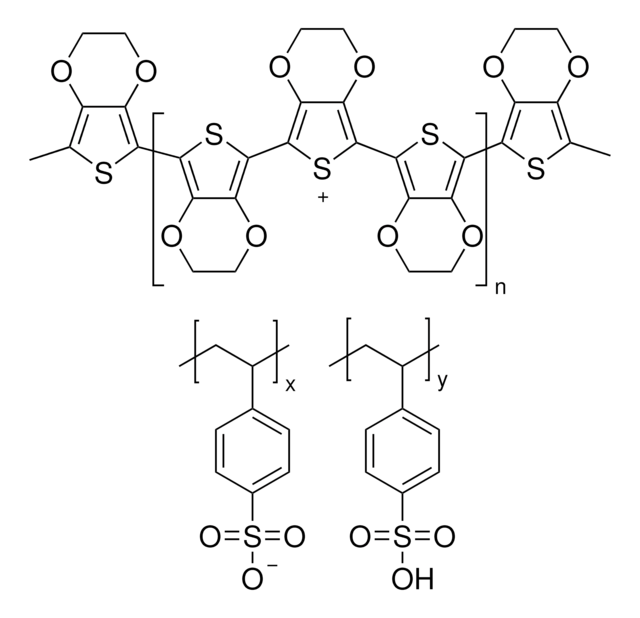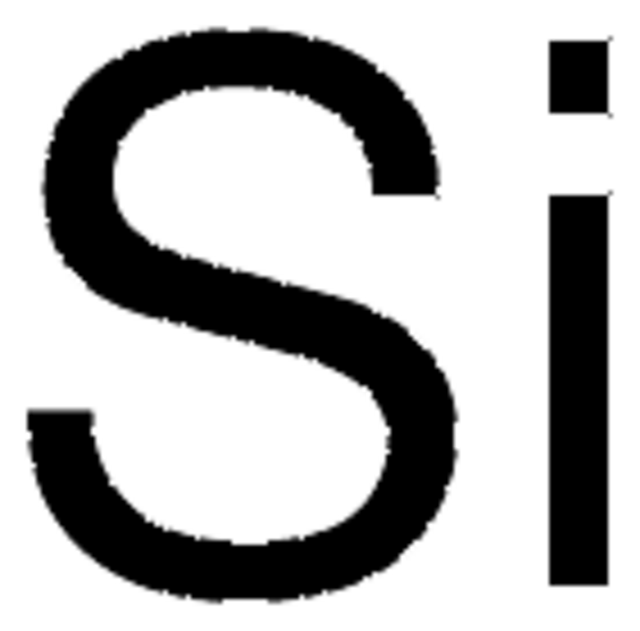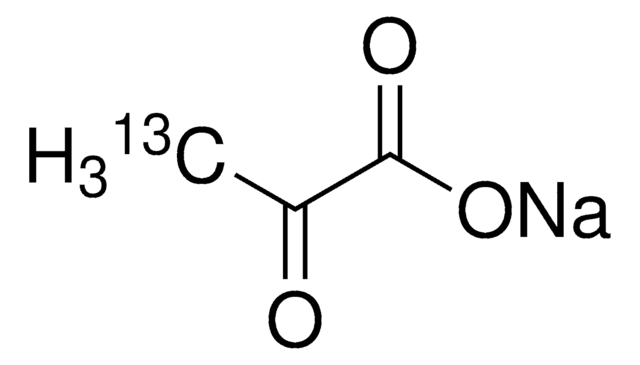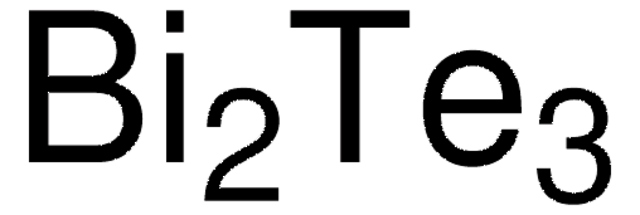767484
Nickel
sputtering target, diam. × thickness 2.00 in. × 0.25 in., 99.95% trace metals basis
About This Item
Produtos recomendados
Nível de qualidade
Ensaio
99.95% trace metals basis
Formulário
solid
adequação da reação
core: nickel
resistividade
6.97 μΩ-cm, 20°C
diâmetro × espessura
2.00 in. × 0.25 in.
p.e.
2732 °C (lit.)
pf
1453 °C (lit.)
densidade
8.9 g/mL at 25 °C (lit.)
cadeia de caracteres SMILES
[Ni]
InChI
1S/Ni
chave InChI
PXHVJJICTQNCMI-UHFFFAOYSA-N
Categorias relacionadas
Aplicação
Palavra indicadora
Danger
Frases de perigo
Declarações de precaução
Classificações de perigo
Carc. 2 - Skin Sens. 1 - STOT RE 1
Código de classe de armazenamento
6.1D - Non-combustible acute toxic Cat.3 / toxic hazardous materials or hazardous materials causing chronic effects
Classe de risco de água (WGK)
WGK 2
Ponto de fulgor (°F)
Not applicable
Ponto de fulgor (°C)
Not applicable
Escolha uma das versões mais recentes:
Certificados de análise (COA)
Não está vendo a versão correta?
Se precisar de uma versão específica, você pode procurar um certificado específico pelo número do lote ou da remessa.
Já possui este produto?
Encontre a documentação dos produtos que você adquiriu recentemente na biblioteca de documentos.
Os clientes também visualizaram
Artigos
Spin-based electronic (spintronic) devices offer significant improvement to the limits of conventional charge-based memory and logic devices which suffer from high power usage, leakage current, performance saturation, and device complexity.
The properties of many devices are limited by the intrinsic properties of the materials that compose them.
Nossa equipe de cientistas tem experiência em todas as áreas de pesquisa, incluindo Life Sciences, ciência de materiais, síntese química, cromatografia, química analítica e muitas outras.
Entre em contato com a assistência técnica







